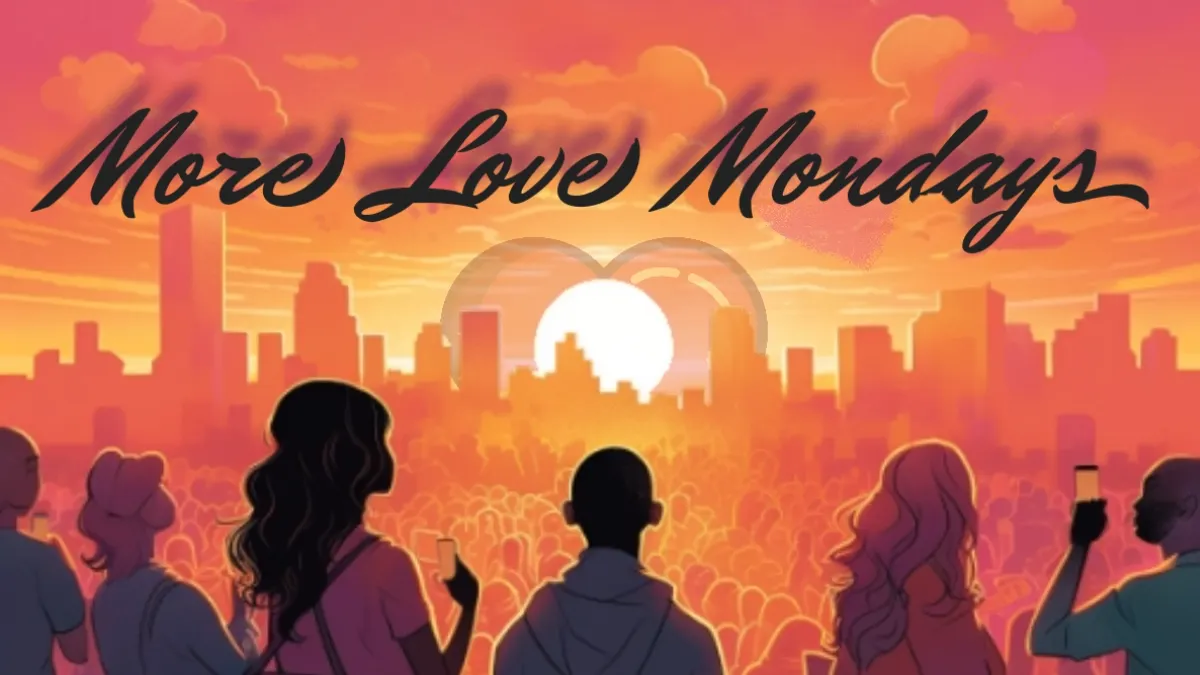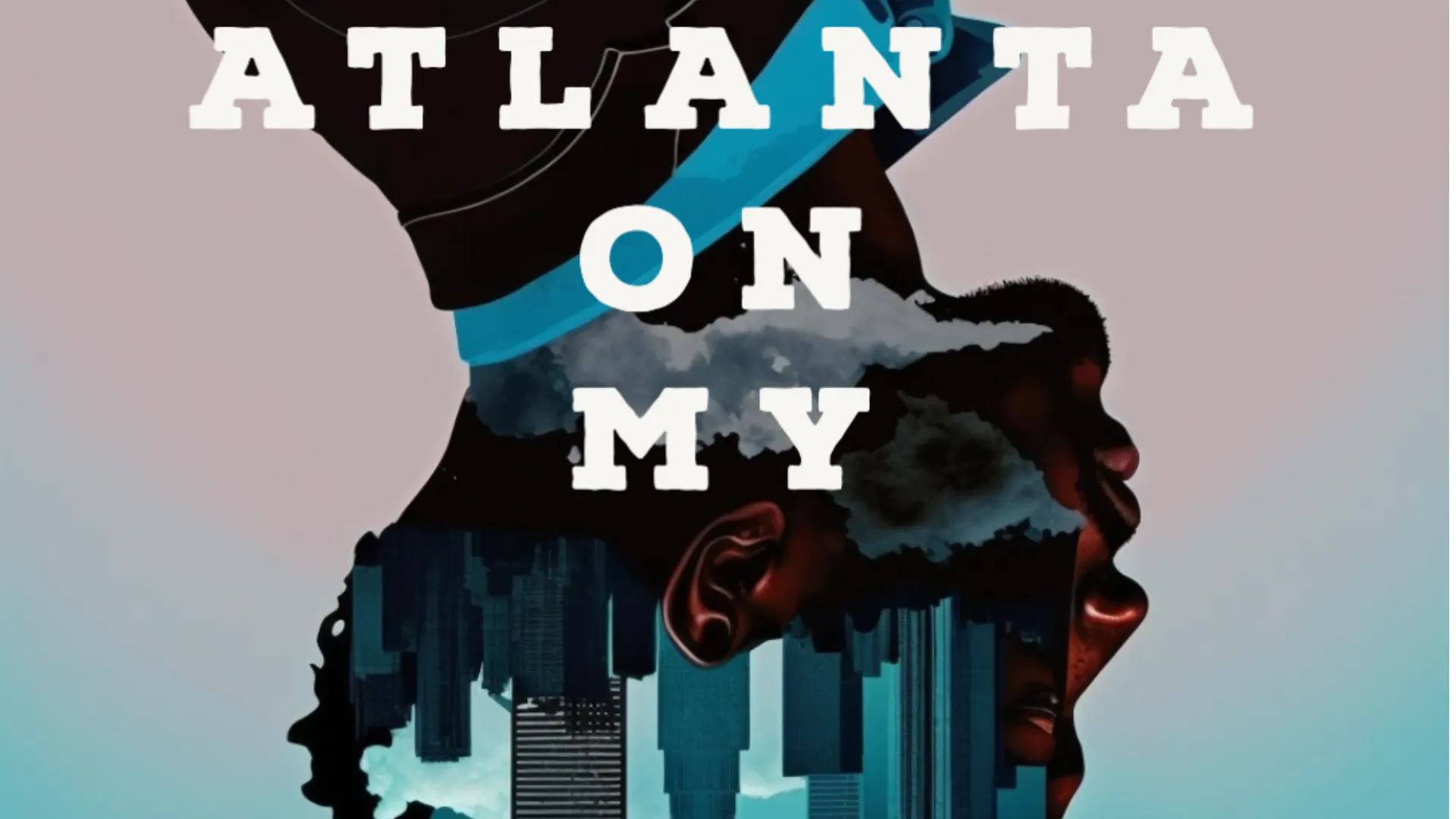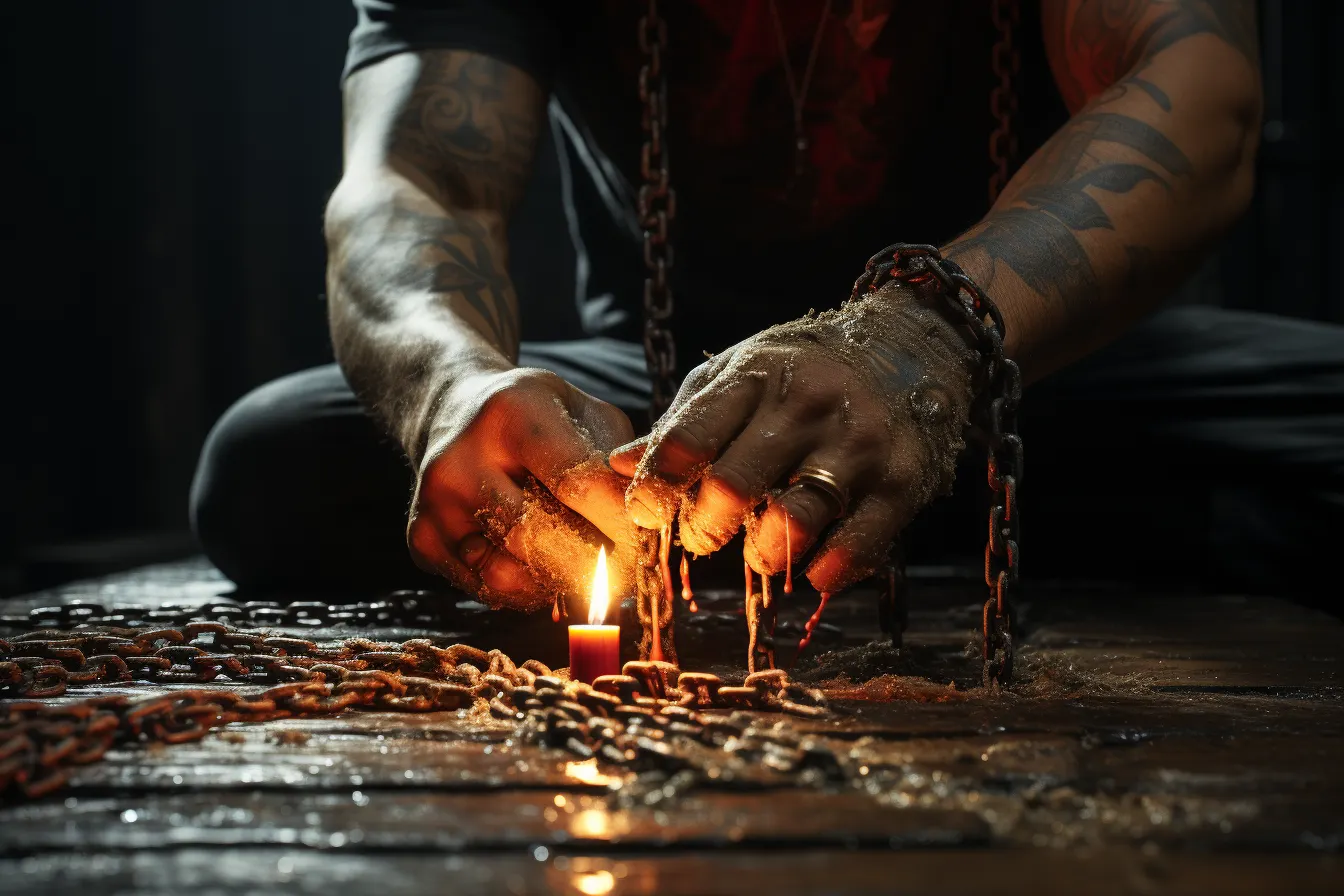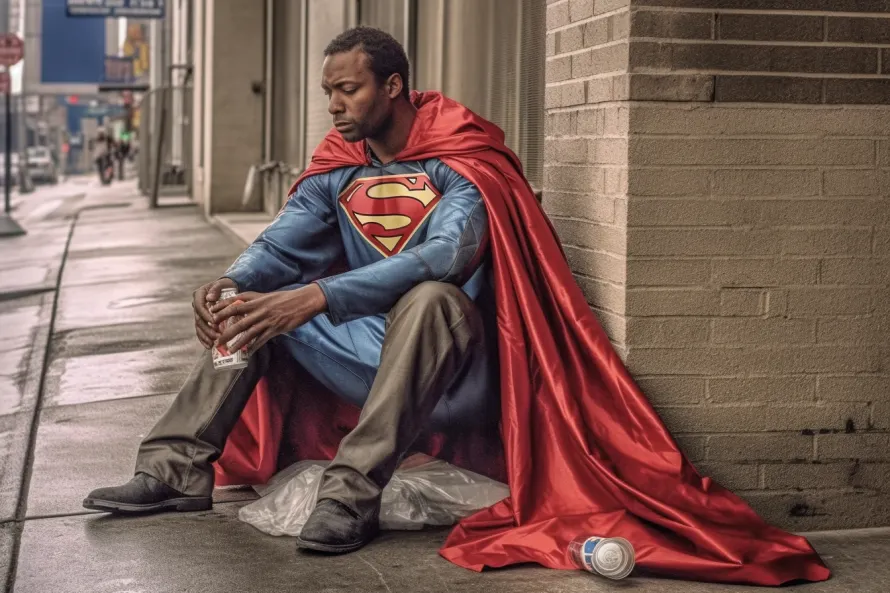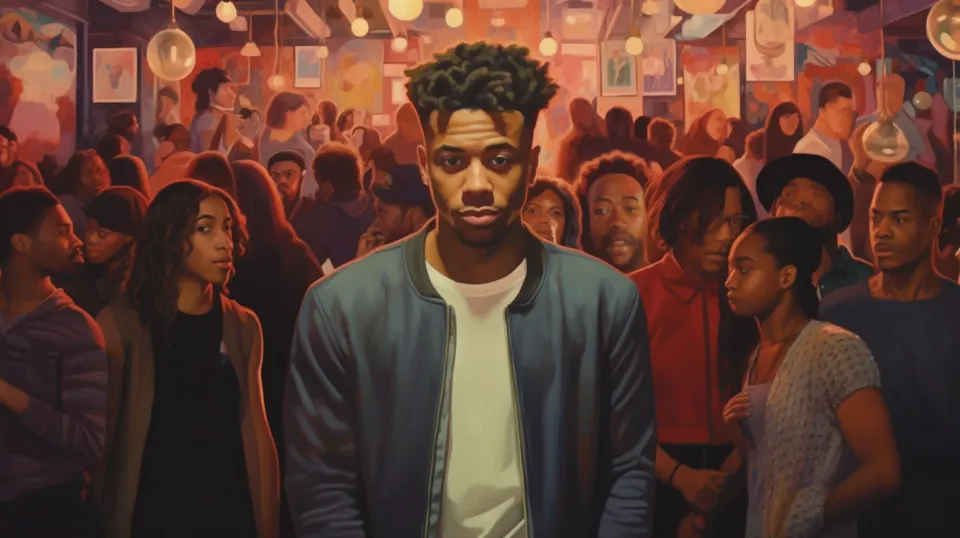A Man's World: Exploring the Construct & Plight Masculinity
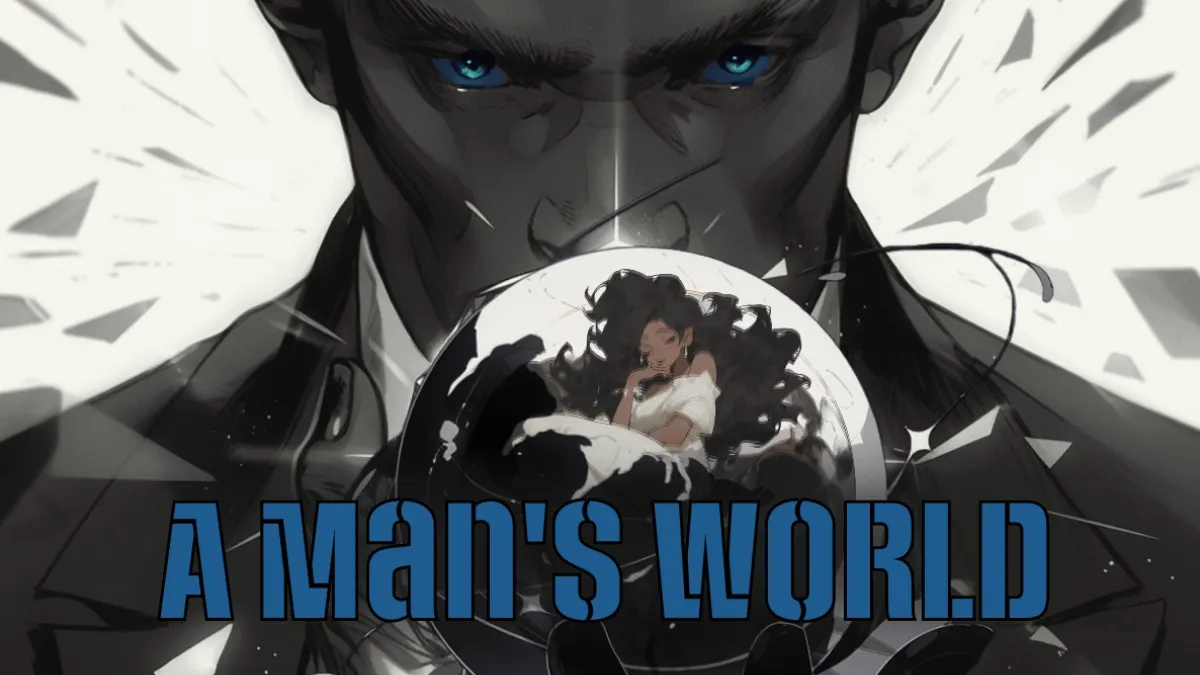
In a world awash with ever-changing notions about gender roles and identities, the construct of masculinity remains a topic ripe for exploration and discussion. While academics and activists dig deep into sociological theories, perhaps we can tap into another rich, emotional, and thought-provoking source: music. We've curated a playlist titled "It's A Man's World" that uses the power of melodies, beats, and lyrics to delve into the complex idea of what it means to be a man today.Our curated playlist, "A Man's World," features songs from across these genres and timelines. Each track serves as a piece in a larger puzzle that makes up the complex construct of masculinity today. From the raw energy of classic rock anthems to the introspective lyrics of modern rap, this playlist captures the essence of what it means—and what it could mean—to be a man in today's world.
The Chronicle of Music in Shaping Masculinity
James Brown's iconic anthem, "It's a Man's World," not only resonated as a powerful musical masterpiece but also served as a catalyst for redefining masculinity through lyrics and melodies. This transformative song not only inspired a playlist but also laid the foundation for this article titled "A Man's World." As we embark on a decade-by-decade chronicle of music's influence on perceptions of manhood, we'll explore how James Brown's vision of masculinity, as depicted in his song, inspired a playlist that encapsulates the ever-evolving nature of what it means to be a man.
In the song, Brown celebrated traditional attributes of masculinity such as strength, power, and authority. He portrayed a man as the central figure in a world that he believed was shaped by his actions and influence. However, what made the song particularly intriguing was its introspective turn. Despite the initial proclamation that it's a "man's world," the lyrics delved into a deeper narrative.
Brown acknowledged that without a woman, the world would be "nothing." This recognition of vulnerability and interdependence added layers to his vision of masculinity, suggesting that true strength also lies in acknowledging one's emotional needs and dependencies. In essence, "It's a Man's World" by James Brown presented a complex masculinity that combined traditional traits with a deeper awareness of emotional depth and connection.
This song became a catalyst for discussions about the evolving roles and expectations of men in society and their ability to embrace both strength and vulnerability in their definition of masculinity. It set the stage for the exploration of music's influence on the ever-changing landscape of manhood, a journey we'll embark upon in the pages that follow.
Before "It's a Man's World" (Pre-1960s)
1950s: The Birth of Rock 'n' Roll
The 1950s saw the rise of rock 'n' roll, marked by artists like Elvis Presley. The music exuded youthful rebellion and raw energy, portraying masculinity as confident and daring. Lyrics often revolved around love and courtship, projecting a sense of male dominance and pursuit.
1940s: Crooners and the Golden Age of Swing
The 1940s brought the golden age of swing, with artists like Frank Sinatra and Bing Crosby. Masculinity was depicted as suave, charming, and romantic. Lyrics emphasized courtship and love, portraying men as sophisticated gentlemen.
1930s: The Era of the Jazz Age
The 1930s jazz era brought forth lyrics and performances that often exuded a carefree and playful masculinity. Artists like Louis Armstrong and Duke Ellington celebrated life, often with a sense of hedonism and independence.
Post-1960s
1970s: The Era of Progressive Rock and Disco
The 1970s introduced progressive rock with bands like Led Zeppelin and the disco movement led by artists like Bee Gees. These genres explored diverse facets of masculinity, from the rockers' rugged individualism to the disco scene's flamboyant expressions of confidence.
1980s: The Rise of Hip-Hop
The 1980s marked the emergence of hip-hop, with artists like Run-D.M.C. and LL Cool J. This genre revolutionized discussions of masculinity, introducing themes of urban life, street culture, and the complexities of manhood, often emphasizing dominance and bravado.
1990s: The Era of Grunge and Alternative Rock
The grunge movement of the 1990s, led by bands like Nirvana, offered a more introspective and tortured vision of masculinity. Lyrics explored themes of alienation, emotional struggles, and disaffection, challenging traditional notions of male stoicism.
2000s: The Pop and Rap Dominance
The 2000s saw the rise of pop icons like Justin Timberlake and rap superstars like Eminem. Pop music portrayed masculinity as charismatic and emotionally accessible, while rap continued to delve into themes of power, wealth, and societal pressures on men.
2010s: The Era of Emotional Expression
The 2010s witnessed a shift towards emotional expression in music. Artists like Drake and Kanye West explored vulnerability, mental health, and the complexities of relationships, challenging stereotypes of emotional stoicism.
2020s: The Era of Genre Fusion and Diversity
In the 2020s, genre boundaries have blurred, allowing for a more diverse and inclusive portrayal of masculinity. Artists across genres are embracing fluid expressions of gender and sexuality, contributing to a richer and more nuanced understanding of modern manhood.
Music has played a pivotal role in shaping and reflecting society's evolving perceptions of masculinity. From the rebellious energy of rock 'n' roll to the introspective musings of contemporary artists, the journey of male lyrics and discourse in music has been a dynamic reflection of changing times. James Brown's "It's a Man's World" stands as a milestone in this evolution, challenging and inspiring future generations to explore the multifaceted nature of masculinity through music.
Modern Understandings of Masculinity
In the ever-evolving landscape of masculinity, contemporary society recognizes a diverse array of archetypes and ideals, each contributing to a more comprehensive understanding of what it means to be a man today. These archetypes not only reflect traditional roles but also accommodate the changing dynamics of our world. Let's explore these modern understandings of masculinity:
The Provider:
While the concept of men as sole breadwinners has evolved, the Provider archetype persists. Modern men may still take on the role of financial support for their families, but this role is increasingly shared with their partners, reflecting the ongoing shift towards gender equality in households and workplaces.
The Protector:
Men are often seen as protectors, but the focus has expanded beyond physical safety. In contemporary times, this archetype extends to emotional support, safeguarding mental well-being, and championing social causes, reflecting the changing expectations for men to be holistic protectors.
The Emotional Rock:
The stereotype that men should suppress their emotions is giving way to the acknowledgment that emotional expression is an essential part of being human. Modern masculinity recognizes the Emotional Rock archetype, where men embrace emotional intelligence and provide emotional support to others.
The Decision-Maker:
Men continue to play significant roles in decision-making, both within their families and in broader societal contexts. However, the Decision-Maker archetype now aligns with more inclusive, collaborative, and empathetic decision-making processes.
The Fixer:
Men have traditionally been expected to have practical skills and be problem-solvers. In today's world, the Fixer archetype remains relevant, but it now encompasses not only mechanical or practical fixes but also emotional support and solutions to complex social issues.
The Alpha Male:
The traditional Alpha Male archetype, characterized by dominance and assertiveness, is being redefined. Modern Alpha Males are those who use their influence to foster inclusivity, champion diversity, and empower others, proving that leadership can take on more empathetic and collaborative forms.
The Gentleman:
The Gentleman archetype emphasizes respect, courtesy, and chivalry in personal relationships. While it retains elements of traditional masculinity, it now aligns with modern values of consent, mutual respect, and gender equality.
The High Value Man:
This archetype represents the modern man who invests in self-improvement, education, and personal growth. The High Value Man strives for self-awareness and continuous development, rejecting rigid stereotypes and embracing a more nuanced understanding of masculinity.
In a world that increasingly values authenticity and diversity, these modern archetypes contribute to a richer, more inclusive concept of masculinity. They reflect the evolving roles and expectations of men, highlighting the importance of embracing a spectrum of qualities and attributes in defining what it means to be a man in the 21st century.
The Plight Man
Men, like women, face a myriad of challenges in navigating their roles and identities in today's world. These challenges reflect the evolving nature of masculinity and the need to confront stereotypes and societal expectations.
1. The Burden of Stoicism
One of the persistent challenges men grapple with is the "Burden of Stoicism." Society often expects men to maintain a facade of emotional strength and stoicism, discouraging them from expressing vulnerability or seeking help when needed. This expectation can lead to emotional isolation, impacting mental health and relationships. Acknowledging emotions and embracing vulnerability is essential in the modern understanding of masculinity.
2. The Expectation to Succeed
Men often face relentless pressure under the "Expectation to Succeed." This pressure is rooted in the idea that a man's worth is tied to his career success or financial standing. The fear of failure can be overwhelming, affecting self-esteem and mental well-being. Men should be encouraged to define success on their terms, encompassing a broader spectrum of achievements and personal growth.
3. Mental Health Matters
The stigma around mental health remains a significant challenge for men. Society's expectations that men should be strong and resilient can discourage them from seeking help for mental health issues. It is crucial to recognize that "Mental Health Matters" for everyone, irrespective of gender. Encouraging open conversations and providing support for men's mental well-being is essential for addressing this challenge.
4. Fatherlessness
The issue of fatherlessness has far-reaching consequences for men and society as a whole. Growing up without a father figure can impact a man's sense of identity and self-worth. It can also contribute to societal issues such as higher rates of delinquency and lower educational attainment among children. Addressing the challenge of fatherlessness involves supporting single fathers, promoting co-parenting, and recognizing that a father's role extends beyond providing financial support.
These challenges highlight the complexities men face in a rapidly changing world. It is crucial to break free from the constraints of traditional expectations and create a more inclusive and supportive environment that allows men to navigate their unique journeys while embracing their authentic selves.
Why Men Fear Commitment and Fatherhood
The fear of commitment and fatherhood among men can be attributed to a complex interplay of legal, societal, and emotional factors. These fears are rooted in concerns about trust, potential malintentions, and the intricate web of issues surrounding divorce law, paternity fraud, child support, and the concept of the "silver bullet."
1. Trust and Malintention
Commitment and fatherhood often hinge on trust and mutual understanding between partners. However, the fear of betrayal or malintentions can cast a shadow over these aspects. Men may fear that their commitment will be taken advantage of, leading to emotional or financial harm. Trust-building and open communication are vital in addressing these fears and creating healthier relationships.
2. Divorce Law
Divorce law, historically rooted in traditional gender roles and societal norms, has evolved but still carries remnants of its past. Men may fear commitment because they are wary of the potential legal consequences of divorce. The fear of losing assets, custody battles, and financial obligations can deter men from fully embracing commitment. Reforms in divorce law that prioritize fairness and equitable asset distribution can help alleviate these concerns.
3. Paternity Fraud
Paternity fraud, where a man is falsely identified as the biological father of a child, is a distressing issue that can shatter trust and commitment. The fear of being deceived in such a profound way can make men hesitant to commit to fatherhood. Legal reforms and increased awareness about paternity testing options can mitigate this fear and ensure biological accuracy.
4. Child Support
Child support, while essential for the well-being of children, can also be a source of fear for men. Concerns about the financial burden and legal obligations associated with child support can make some men hesitant to embrace fatherhood. Fair and flexible child support policies that consider the financial situations of both parents can help ease this fear.
5. The Silver Bullet
The concept of the "silver bullet" adds another layer to the fear of commitment. In family law and domestic disputes, false accusations of abuse can be used strategically to gain an advantage. Men may fear that accusations of this nature can irreparably damage their reputation and lead to legal repercussions, even if unfounded. Legal safeguards against the misuse of protective orders and thorough investigations can address this concern.
Featured Interview
Don't forget to check out our exclusive interview with singer-songwriter John Doe, one of the influential artists featured on our playlist. John shares his personal journey through the labyrinth of masculinity, reflecting on how his music has both shaped and been shaped by evolving notions of manhood. It's an enlightening look into the mind of an artist wrestling with the same questions that many of us ask ourselves.
Conclusion
Music, in its emotive and evocative glory, can be a powerful tool for questioning and understanding the construct of masculinity. It serves as a mirror reflecting societal norms, as well as a hammer to shatter outdated stereotypes. By tuning into "A Man's World," perhaps we can better tune into ourselves, questioning and redefining what it means to be a man in today's ever-changing landscape.
By: Lem Luvah
Remarks…
Be sure to Sign up to the Newsletter to keep up with the latest from me. If anything in this article resonated with you, Leave A Comment or Reaction. If you think It would benefit someone you know, Share even if you have an opposing opinion. We all grow by evolving through conversation and want to build a community where it feels safe to do that. Be sure to join the Facebook Group.



